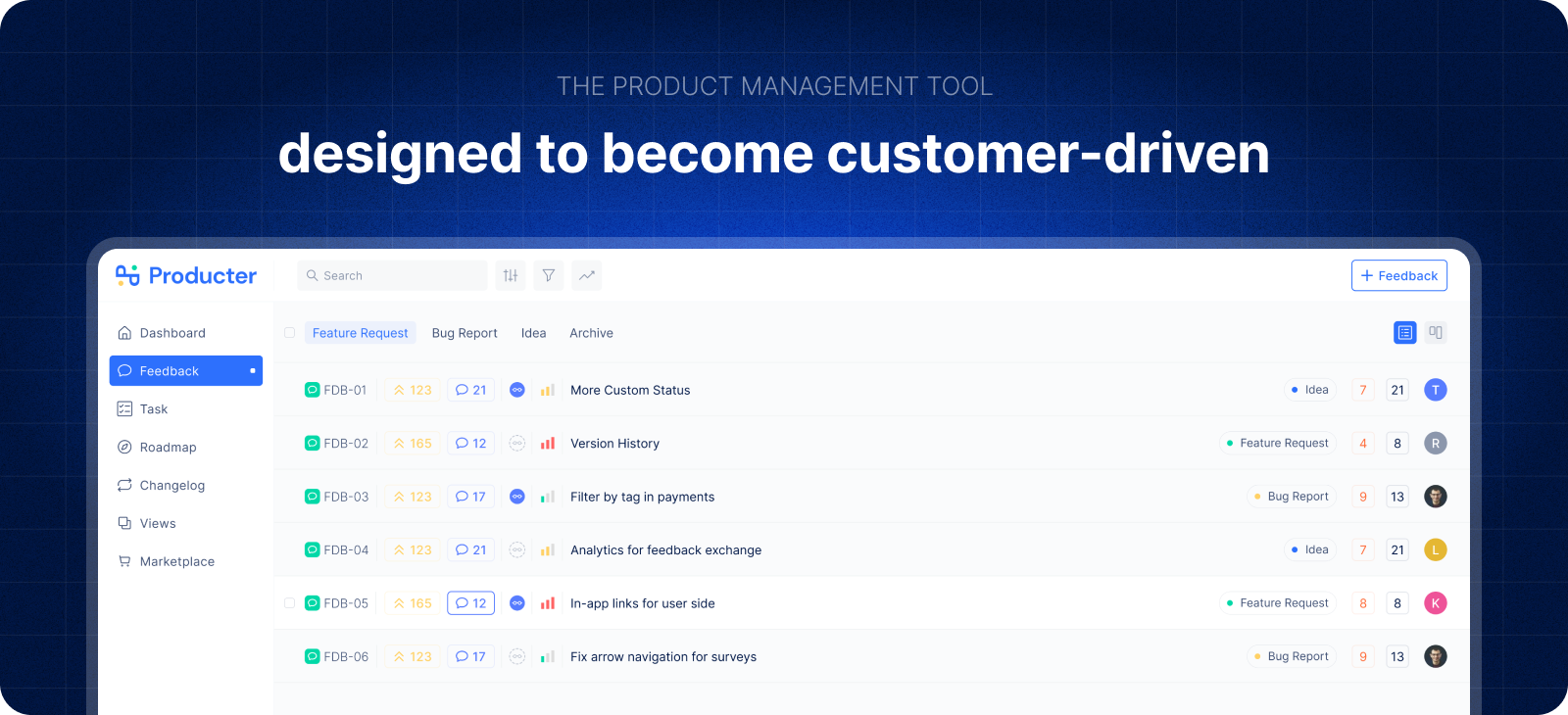Product requirements documents (PRD) are used by product teams to describe the details of a solution/product they provide to solve a specific challenge and share them with stakeholders.
PRD has been around for a long time, with both Agile methodologies and different practices. While its purpose has not changed over time, its content and functions have changed, and variations have emerged.
Currently, there is no single type of document for PRD. Organizations customize it according to their needs and optimize their product development processes.
What Should a Product Requirements Document Include?
The scope of a product requirements document may vary depending on your company, product, and stakeholders. Although the scope depends on several factors, you’re likely to see one or more of the following:

- Goal: Description of the current problem or the reason for the new product. This part answers the questions of who this product is designed for and what opportunities are available with it.
- Success Metrics/Criteria: In this part, there are criteria determined to measure the success and performance of the new product. Precise success metrics should be defined to understand its contribution to the product strategy and usage. i.e., “Usage by X% of the entire user base,” “Increasing the user retention rate in the X segment by Y%,” “Increasing the NPS by Z%.” These metrics should be defined as a team, so everyone agrees on whether this product works or not.
- Constraints and Dependencies: The known constraints to be encountered in the development processes and other actions that need to be taken in order to release the new product are mentioned here.
- Release Details: This part describes your timeline. This is a way to indicate what you think is the best way to organize the action items that will deliver the most remarkable outcomes in the shortest amount of time with the least amount of output.
- Personas: Describes who you are solving problems for. Clearly define whose problems you solve and leverage accurate product data.
- Design & Wireframes: This part presents your overall solution visually. It’s important to use graphics as much as possible, whether it’s customer journeys, workflows, or wireframes, to give context to your solution.
- Key Stakeholders: Identifies the people who play a critical role in the product development process. There may also be experts who are not full-time members of the product team.
When is a product requirements document really necessary?
Typically, product teams use a product requirements document to describe a brand new product, a notable update to a product, or an improvement for an existing product.
You generally don’t need to create a PRD when making minor changes to a product, adding a small feature, or adjusting a current feature.
Whenever you need to formulate a solution to a problem, this is where you will create a PRD.
Producter is a product management tool designed to become customer-driven.
It helps you collect feedback, manage tasks, sharing product updates, creating product docs, and tracking roadmap.






